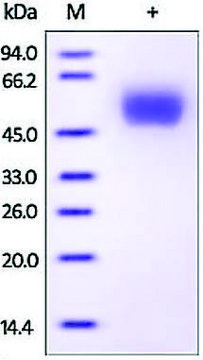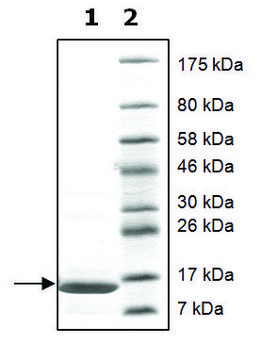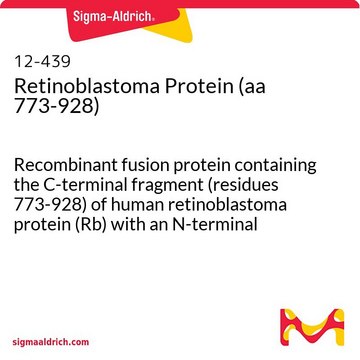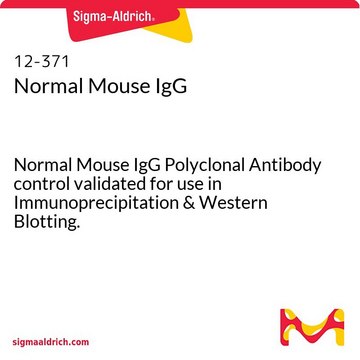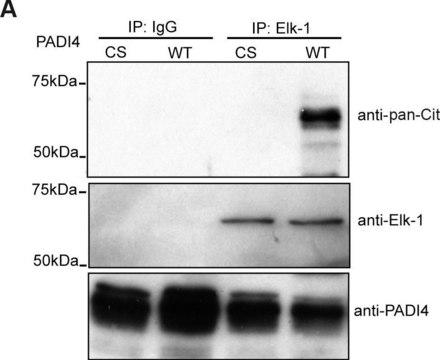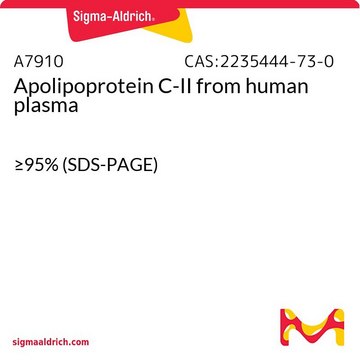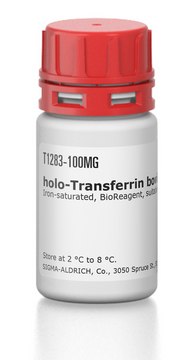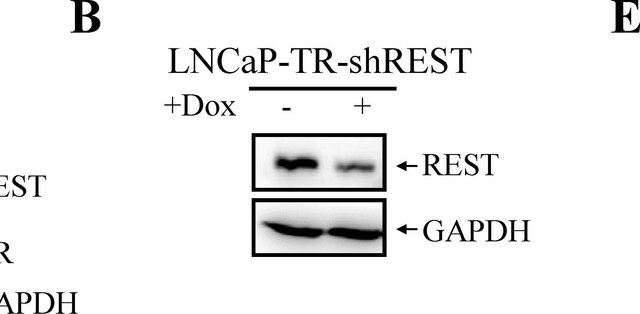SRP6548
ApoJ/Clusterin human
recombinant, expressed in E. coli, ≥90% (SDS-PAGE)
Synonym(s):
AAG4, CLI, Clusterin Apolipoprotein J, KUB1, MGC24903, SGP-2, SGP2, TRPM2
Sign Into View Organizational & Contract Pricing
All Photos(1)
About This Item
UNSPSC Code:
12352202
NACRES:
NA.32
Recommended Products
General description
Native Apolipoprotein J (ApoJ), also named Clusterin, is a heavily glycosylated, 75-80 kDa disulfide-linked heterodimeric protein. Despite being cloned since 1989, no genuine function has been attributed to ApoJ so far. The protein has been reportedly implicated in several diverse physiological processes such as sperm maturation, lipid transportation, complement inhibition, tissue remodeling, membrane recycling, cell-cell and cell-substratum interactions, stabilization of stressed proteins in a folding-competent state and promotion or inhibition of apoptosis. ApoJ gene is differentially regulated by cytokines, growth factors and stress-inducing agents. Clusterin is up- or down regulated on the mRNA or protein level in many pathological and clinically relevant situations including cancer, organ regeneration, infection, Alzheimer disease, retinitis pigmentosa, myocardial infarction, renal tubular damage, autoimmunity and others.
Physical form
Lyophilized from 2 mg/mL solution of ApoJ in 25 mM Na2HPO4 and 100 mM NaCl (pH 7.5).
Reconstitution
Reconstitute in dH2O to a working concentration of 0.5 mg/mL and let the lyophilized pellet dissolve completely.
Storage Class Code
13 - Non Combustible Solids
WGK
WGK 3
Flash Point(F)
Not applicable
Flash Point(C)
Not applicable
Regulatory Information
新产品
Choose from one of the most recent versions:
Certificates of Analysis (COA)
Lot/Batch Number
Don't see the Right Version?
If you require a particular version, you can look up a specific certificate by the Lot or Batch number.
Already Own This Product?
Find documentation for the products that you have recently purchased in the Document Library.
Our team of scientists has experience in all areas of research including Life Science, Material Science, Chemical Synthesis, Chromatography, Analytical and many others.
Contact Technical Service